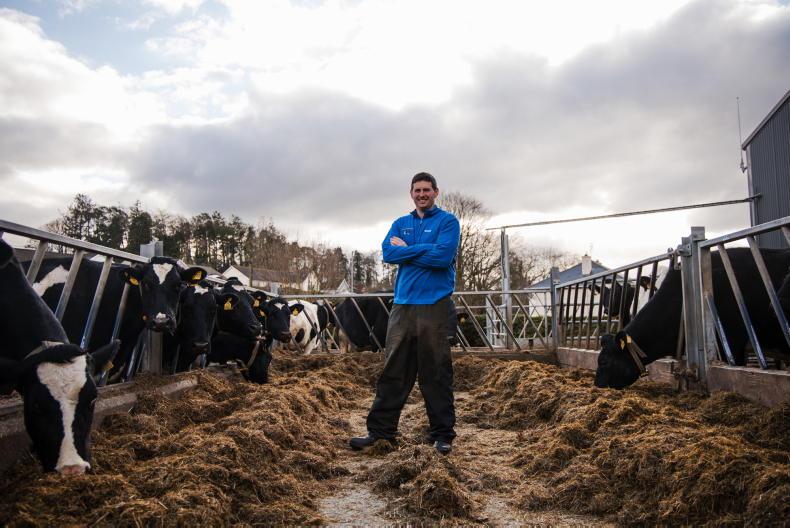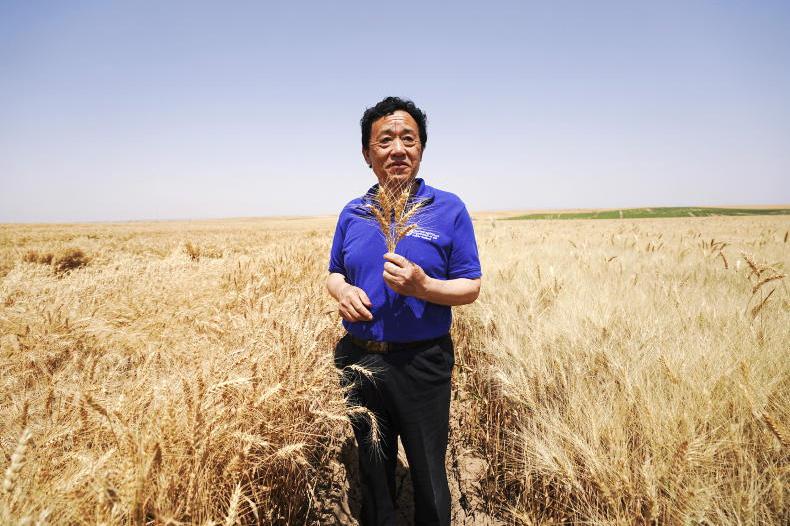The next decade will bring significant pressure on the global food system to transform radically.
While much of the current focus and debate in on reducing greenhouse gas emissions (21-37% which come from food) and halting and restoring biodiversity loss, the challenge is much broader.
Implementing World Health Organisation food targets could be a huge win for health, climate and limiting hunger, but would be challenging for farming according to a new report from OECD-FAO.
Food systems around the world face a triple challenge of providing food security and nutrition to a growing global population, providing livelihoods to those along the food supply chain and contributing to environmental sustainability.
Globally about two billion people do not have regular access to sufficient, safe and nutritious food and a similar number are overweight or obese.
At the same time, technical and structural change are putting pressure on those working on half a billion farms worldwide and all along the food supply chain.
Business as usual is not the answer
There are no simple solutions. Following a business as usual path, zero hunger would not be achieved by 2030 and greenhouse gas emissions from agriculture would continue to increase, according to the OECD-FAO Agricultural Outlook 2022-2031.
It forecasts that average global productivity would need to increase by 28% over the next decade to achieve zero hunger. That’s more than triple the increase recorded in the last decade.
The OECD-FAO assert that comprehensive action to boost agricultural investment and innovation and to enable transfer of knowledge, technology and skills are urgently required in order to put the agricultural sector on the path for sustainable productivity growth and the transformation of sustainable food systems.
Current diet and population trends increase risk
OECD-FAO state that current dietary and population growth trends will exacerbate risks to both people and the planet.
Global diets have changed considerably in the past 50 years, with increased consumption of resource-intensive and energy-dense foods which has led to a rise in overweight and obese people .
Growing population and rising per-capita food consumption have also increased environmental resource pressure and degradation and led to a rise in greenhouse gas emissions from agriculture, forestry and other land use.
The solution may lie in achieving the World Health Organisations (WHO) targets on fat and sugar.
While this would have a positive impact on food security and nutrition, the reduction in food prices and global production resulting from this change in diets negatively affects farmers’ livelihoods, according to FAO-OECD.
Germany, in the past few weeks, has launched the development of a sustainable and healthy nutrition strategy. The ambition is to work towards more plant-based and less sugar-, fat- and salt-based diets.
Everything but farming wins
OECD-FAO modelling examined the impact over a 10-year period of implementing the WHO targets of reducing free sugar consumption (added sugars in any form) to a maximum of 10% and fat to a maximum of 30% of appropriate caloric intake.
The results show that such a change in diet would have a large impact on food security and nutritional outcome, with the prevalence of obesity and overweight people declining by 46% and 28% respectively compared to the baseline.
As prices fall for most commodities, global food expenditure decreases by 35%, resulting in a 3% decline in the prevalence of undernourishment at the global level.
However, this dietary change also has a significant impact on farmer livelihoods and environmental sustainability.
Strong price declines for sugar (-28%), poultry (-44%), pork (-62%), beef (-63%), butter (-73%) and cheese (-53%) result in a 30% drop in farm revenues relative to the baseline. Lower production of several commodities, including emission intensive products such as meats and dairy result in a 10% decline in GHG emissions.
The triple challenges of food systems have significant costs and consequences for economies, society and have a huge human toll.
The analysis shows that the solutions are not simple. Ensuring an adequate livelihood for farmers will be key as systems transition.
The plan to bridge the gap of farm income loss, potentially from carbon farming, needs to realistic and achievable. And critically it needs to come soon.
However, farmers too must understand that the challenges are not purely environmental and have significant societal costs.
The status quo will certainly not remain and public health policy is likely to become as big a driver as the environment into the future.
Understanding the magnitude of the change required will be key in ensuring that farmers can effectively secure the necessary investment and supports that enable them to drive this change while continuing to make a living.
While today it may feel the focus of debate and policy is purely on environment, the war in Ukraine and the post-pandemic strain on global health systems will shine a greater light on the wider food system challenges.
Neither society nor farmers can afford to ignore them.










SHARING OPTIONS